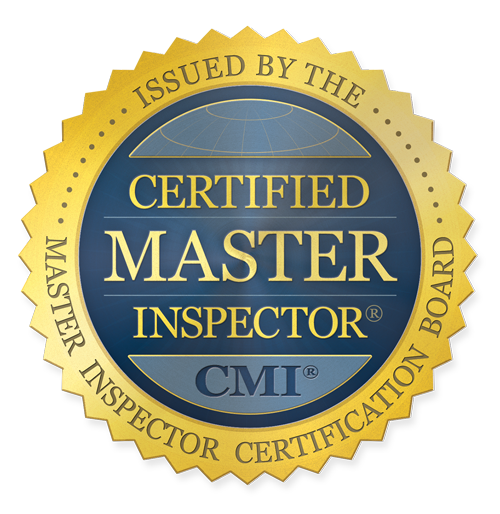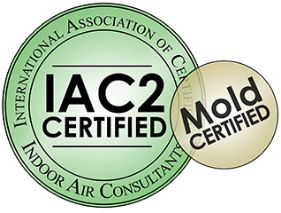The 2022-2023 hurricane season is predicted to be “above-normal” for Florida residents. That means now is the time to schedule inspections and perform the maintenance and updates required to make your home more storm-resilient. Manufactured homes are particularly vulnerable to high winds, which is one of the reasons a manufactured home tie-down inspection is your first step.
Forging a relationship with the most experienced local home inspection professionals in the area is key to keeping your home safe this season and long into the future.
Step One: Schedule a Manufactured Tie-Down Inspection
Your home’s storm stability is a top priority, but the safety of your home’s occupants is even more important. A study out of the Auburn University in Alabama found that in addition to mobile homes and manufactured homes (MMH) suffering disproportionately more damage during high winds/hurricanes than their permanent, site-built counterparts, “A primary driver of the high fatality rates is the typical failure sequence of [MMH] homes.”
The all-clear after a professional manufactured home tie-down inspection is the only way to verify an MMH is attached correctly and secured to its foundation so it can withstand the moderate- to high-wind speeds experienced during peak storm seasons.
During the inspection, the inspector will closely evaluate:
- Ground anchors. These rods are embedded deep into the ground, and the type of anchor used depends on the home site’s soil composition. We can’t tell which type of anchor is used without additional information, so make sure to have the ground anchor or MMH manufacturer’s information handy if possible.
- Tie-downs. Depending on the age and model of your home, tie-downs are typically one of three types: over-the-top, frame anchors, or hook-and-tension devices. We’ll verify the tie-downs are installed correctly, in good shape, and that they haven’t caused damage to other MMH components.
If your MMH inspection is a green light, we recommend submitting the paperwork to your homeowner’s insurance carrier, as they may offer rate reductions for this type of information.
Step Two: Prepare Your MMH For Hurricane Season
Ground anchors and tie-downs are a significant component of an MMH hurricane protection and wind mitigation plan. However, there are other steps you should take to optimize structural stability and overall storm safety.
1. Schedule inspections of your roof and siding
The structural stability of your roof and siding are almost as important as your home’s ability to stay on the ground. Once roofing materials are sheared away from the walls or siding is blown off, the interior of the house (and everyone inside) is vulnerable to storm damage.
As long as you’re scheduling an inspection of ground anchors and tie-downs, ask about other inspections that may be to your advantage. Depending on the age of the MMH, or the date of the last known inspection, they’re likely to recommend:
- A whole-home inspection
- 4-point inspection
- Roof inspection
- Wind mitigation inspection
And, as with an MMH tie-down inspection, pass on the positive results or proof that you’ve addressed red-flag issues to your home insurance carrier.
2. Consider other wind mitigation features
A wind mitigation inspection is the best way to identify what’s working and what could be improved to mitigate (minimize or eliminate) wind damage. A home’s wind mitigation features include things like:
- Roof shape and slope
- Roofing materials/covering
- Roof deck attachment
- Roof-to-wall connections
- Primary and secondary water resistance materials
- Protection of doors, windows, and other openings (shutters, plywood, plastic sheeting, etc.)
- Storm-resistant garage doors
- Child locks on cupboards and cabinet drawers to keep contents inside
Adding or updating wind mitigation features to your home can also protect your family in a major storm.
3. Landscape check
Make sure your landscape works for you, rather than against you, in a storm. This is one of the things an inspector will note during a wind mitigation inspection. A hurricane-resistant landscape is:
- Properly pruned and maintained, eliminating the risk of broken branches and falling limbs.
- Planted using wind-resistant trees, in clusters, and at suitable locations.
- Designed with sufficient space between trees and other structures.
- Reinforced using good drainage that keeps trees from sitting in standing water, which makes them more prone to uprooting.
- Cleared of loose or hanging ornamentals that can detach and be hurled in the wind, posting a risk to surrounding people, animals, and structures.
Read UF’s Hurricane Landscaping & Gardening Solutions for more details.
Be Proactive: Schedule Your Manufactured Home Tie-Down Inspection
Don’t wait until we’re in the middle of storm season. Now’s the time for proactive homeowners to schedule their MMH tie-down inspections and other inspections that help to secure your home regardless of what the storm season brings. Contact Super Inspection Pros; we promise a 24-hour turnaround on your inspection and report results.

